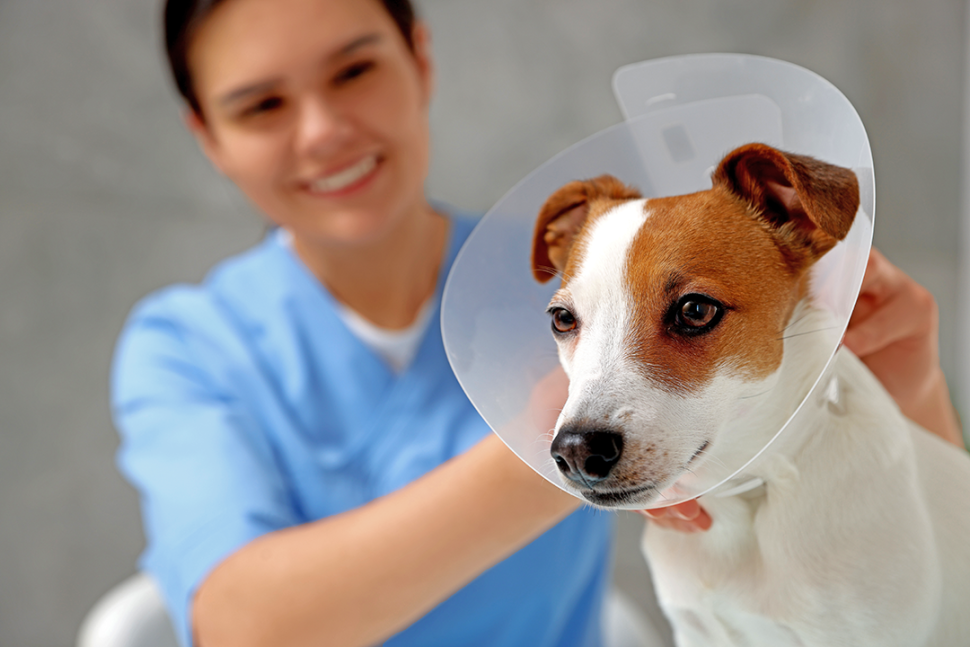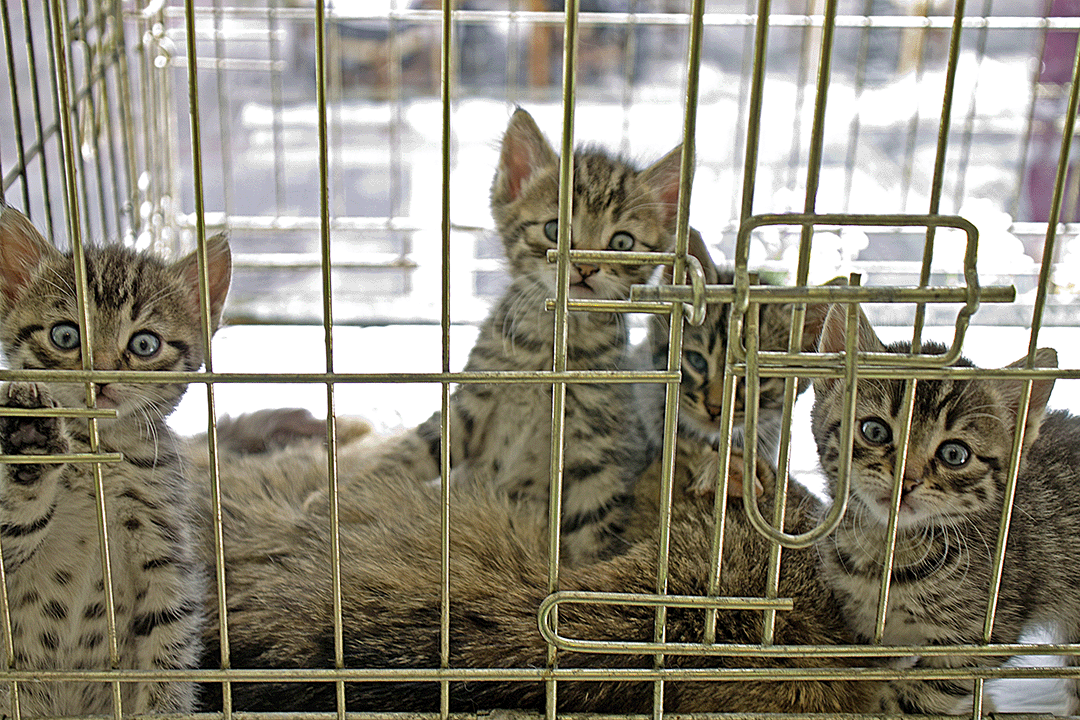
February is National Spay/Neuter Month
As in most medical procedures, there is controversy on the merits of having pets “fixed” to prevent additional births that lead to overpopulation in the shelters, strays roaming the streets and the euthanizing of healthy animals.
First, it’s important to understand the terminology:
Both spay and neutering are surgical procedures used to prevent pets from reproducing.
Spaying is the removal of the ovaries and usually the uterus of a female animal.
Neutering is the removal of the testicles in a male animal.
Although we as humans love to see the beautiful side of birth - after all who doesn’t love to see an adorable litter of fluffy kittens or irresistible puppies? – the reality is that hundreds of thousands of healthy, adoptable dogs and cats are euthanized annually in the US.
As pet parents, we should be thinking – after the birth of these 4-6 kittens (average litter) or 5-6 puppies (average litter), what will we do with them? Where will they go?
Will you keep them? Remembering you will need to train, feed and care for them - think vet bills.
Will you find homes for them? Do you know 4-6 people who will each take one in?
Or will you take them to a shelter and hope there is room for them there? Realizing if they are not adopted within a certain period or time they may be killed.

So, when you bring home a new pet, think of the future. Ask yourself, Is the love that I have for my pet enough to spare future animals the pain and suffering of neglect?
Reasons to think spay/neuter:
- Prevent unwanted animals from becoming strays.
- Spaying female dogs and cats can prevent uterine infection and reduce the risk of breast cancer.
- Studies have repeatedly shown that spayed or neutered dogs and cats live longer, on average, than other dogs and cats.
- Neutering males can eliminate their risk of testicular cancer, prostate disease and tumors.
- Can help curtail certain behavioral problems, such as urine marking and leg humping.
Ask your veterinarian if you have any questions about the spay or neuter process.
